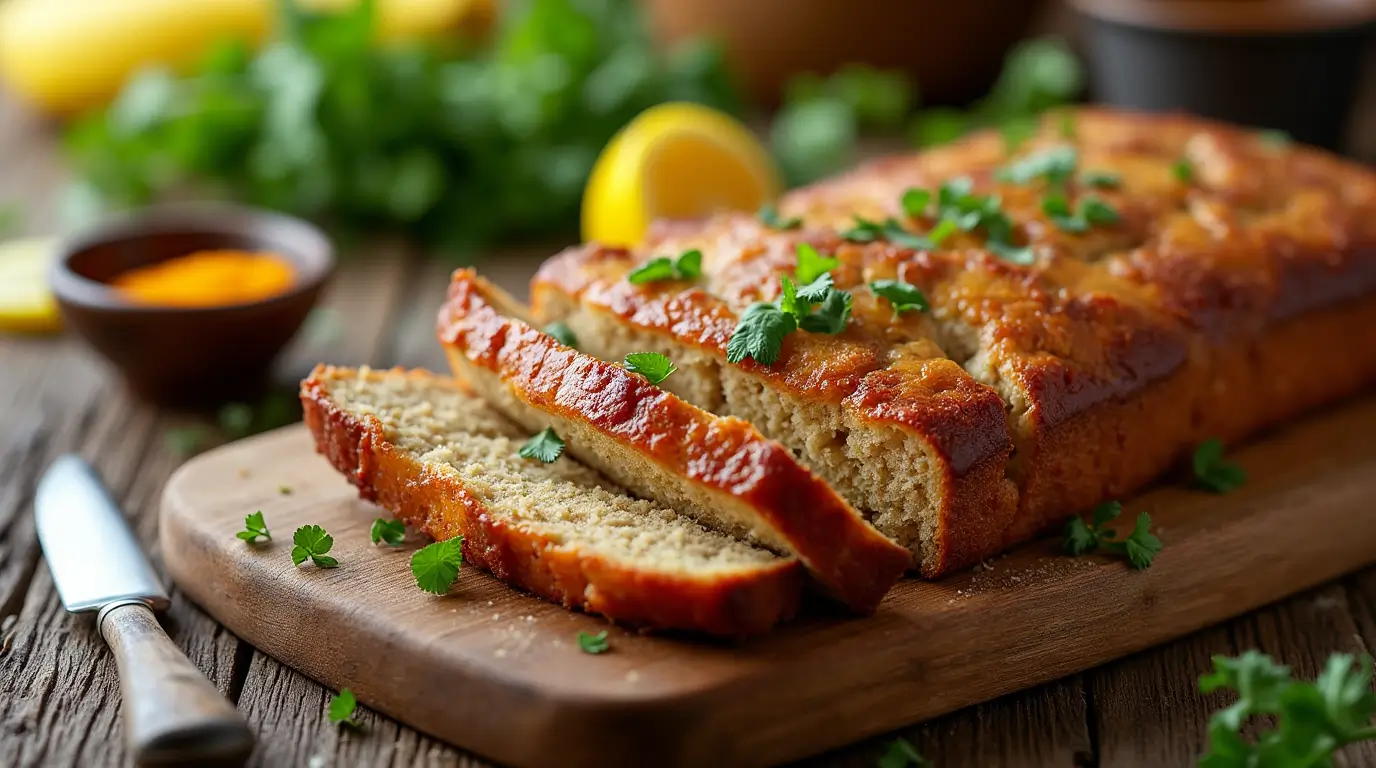Table of Contents
Introduction: are corn tortillas gluten free?
Have you ever wondered if your favorite taco wrapper is truly safe for those following a gluten-free diet? Many people assume all tortillas are created equal, but that’s not always the case. Today, we’re diving into the world of corn tortillas to uncover the truth behind whether they are indeed gluten-free and how you can make them at home with ease 7.
Corn tortillas have been a staple in Mexican cuisine for centuries, offering a delicious alternative to wheat-based products. With more people adopting gluten-free lifestyles due to health concerns or dietary preferences, understanding what makes these tortillas special has never been more important. This article will guide you through the process of making your own gluten-free corn tortillas in just four simple steps.
Overview: Why This Recipe Stands Out
What makes this recipe stand out is its simplicity; it only requires three ingredients and takes about 20 minutes from start to finish, making it perfect for busy weeknights or last-minute cravings. Plus, it’s incredibly easy, even for beginners! By learning how to make these tortillas yourself, you ensure they remain gluten-free while also controlling the quality of ingredients used. Unlike store-bought options, homemade tortillas allow you to tailor flavors and textures according to your preference, ensuring every bite meets your standards.are corn tortillas gluten free?.
The time requirement for preparing these tortillas is minimal compared to other recipes, which often involve lengthy processes or complicated techniques. In fact, many users report achieving great results within half an hour, including preparation and cooking times 5. Moreover, the difficulty level is low enough for anyone to attempt without prior experience, making it accessible to cooks of all skill levels.
Essential Ingredients: Building Blocks of Success
To create authentic, gluten-free corn tortillas, you’ll need:

- Masa Harina : This finely ground corn flour is essential because it gives the tortillas their characteristic texture and flavor. It’s naturally gluten-free, so it’s ideal for those avoiding gluten 5. Masa harina is made by treating dried corn kernels with lime (calcium hydroxide), a process known as nixtamalization, which enhances nutritional value and improves digestibility.
- Water : Used to bind the masa harina together, forming a pliable dough. The right amount of water ensures the dough holds together without becoming too sticky or dry.
- Salt : Enhances the overall taste without adding any gluten. While optional, salt adds depth to the flavor profile, making each tortilla more satisfying.
Substitutions & Variations:
If you don’t have masa harina on hand, you could try using fresh masa, though it might be harder to find outside Latin American markets. For added flavor, consider incorporating spices like chili powder or herbs such as cilantro into the mix. Some variations call for a small amount of oil or lard to improve texture, although this is purely optional and doesn’t affect the gluten-free status of the tortillas 6.
Step-by-Step Instructions: Crafting Perfect Corn Tortillas Are corn tortillas gluten-free?
Step 1: Mixing the Dough
In a large mixing bowl, combine 2 cups of masa harina with 1 teaspoon of salt. Gradually add 1 1/4 cups of warm water while stirring until a soft dough forms. Knead the dough gently with your hands until smooth and elastic, which should take around 5 minutes. Be careful not to overwork the dough, as this can lead to tough tortillas. If the dough feels too dry, add water one tablespoon at a time until it reaches the desired consistency.
Step 2: Dividing the Dough
Divide the dough into 16 equal portions. Roll each portion into a ball, ensuring they are roughly the same size. Cover the balls with a damp cloth to prevent drying out. Consistency in size helps ensure even cooking and uniformity in thickness across all tortillas.
Step 3: Flattening the Tortillas
Using a tortilla press or rolling pin, flatten each ball into thin circles approximately 6 inches in diameter. If using a press, place the ball between two sheets of plastic wrap or parchment paper before pressing down firmly. Alternatively, roll out the dough carefully with a rolling pin, rotating frequently to maintain an even shape. Proper flattening is crucial for achieving the correct texture during cooking.
Step 4: Cooking the Tortillas
Heat a non-stick skillet or comal over medium heat. Once hot, cook each tortilla for about 30 seconds per side, flipping once. You should see small bubbles forming on the surface, indicating readiness. Stack cooked tortillas under a clean kitchen towel to keep them warm and soft. Cooking time may vary slightly depending on the heat source, so adjust accordingly to achieve perfectly cooked tortillas every time.
Assembly: Bringing It All Together
Once your tortillas are ready, they can serve as the base for countless dishes. Whether wrapping up fajitas, enchiladas, or tacos, the possibilities are endless. To enhance presentation, garnish with fresh toppings like diced onions, chopped cilantro, or a squeeze of lime juice. Presentation plays a significant role in dining experiences, so take pride in how your creations look as well as taste.
For additional flair, experiment with different fillings or sauces to complement your homemade tortillas. Perhaps pair them with a vibrant salsa verde or creamy avocado crema for extra flavor layers. Remember, part of the joy of cooking lies in personalizing recipes to suit individual tastes.
Storage and Make-Ahead Tips: Keeping Them Fresh
Store leftover tortillas in an airtight container at room temperature for up to three days. For longer storage, freeze them in freezer bags for several months. When reheating, microwave briefly or toast lightly on a dry pan to restore freshness. Proper storage ensures that your hard work remains enjoyable long after preparation day.Are corn tortillas gluten-free?
Reheating methods vary based on preference. Some prefer microwaving for speed, while others enjoy the crispiness achieved through pan-toasting. Regardless of method chosen, always reheat slowly to avoid burning or uneven heating.
Recipe Variations: Spicing Things Up
Feel free to experiment by adding different flavors to your tortillas. Try mixing in shredded cheese, chopped jalapeños, or even pureed pumpkin for seasonal flair. These additions not only boost flavor profiles but also provide additional nutritional benefits. Customizing your tortillas opens up new culinary adventures, encouraging creativity in the kitchen.
Another variation involves substituting part of the masa harina with other gluten-free flours, such as almond or coconut flour, to introduce unique textures and tastes. However, when experimenting with substitutions, remember to test small batches first to ensure compatibility and desired outcome.
Conclusion: Enjoying Homemade Delights
Making your own corn tortillas is both rewarding and delicious. Not only do you gain peace of mind knowing exactly what goes into your food, but you also enjoy superior taste compared to store-bought versions. So why wait? Gather your ingredients and start creating today! Are corn tortillas gluten-free?
Homemade tortillas represent more than just a meal component; they symbolize connection to tradition and culture. Embrace the opportunity to learn something new while enhancing your cooking repertoire. Encourage family members or friends to join in the fun, turning preparation into a shared experience filled with laughter and learning.
FAQs: Clearing Up Common Queries
Q: Are corn tortillas gluten-free? Yes, plain corn tortillas made from masa harina and water are gluten-free since corn does not contain gluten proteins 7. Always check labels if purchasing pre-made tortillas to confirm no cross-contamination occurred during production.
Q: Can I substitute masa harina with regular flour? No, regular wheat flour contains gluten and won’t produce the same result. Stick with masa harina for authentic results. Regular flour lacks the necessary properties to mimic the texture and structure provided by masa harina.
Q: How long do homemade corn tortillas last? Homemade tortillas stay fresh for about three days when stored properly in an airtight container at room temperature. Freezing extends shelf life significantly, allowing enjoyment weeks later without sacrificing quality.
Q: What health benefits come from eating corn tortillas? Corn tortillas offer fiber-rich carbohydrates and fewer calories than many other bread options. They’re also free from harmful additives found in processed foods 5. Additionally, nixtamalization increases calcium content and improves protein quality, contributing positively to overall nutrition.
With this comprehensive guide, there’s no excuse not to give homemade corn tortillas a try. Happy cooking!
Did you like this recipe?
Are Corn Tortillas Gluten Free The Truth in 4 Steps
I salute you for this recipe. I tried cooking it, and honestly, it is wonderful.


3 thoughts on “Are Corn Tortillas Gluten Free The Truth in 4 Steps”
Comments are closed.